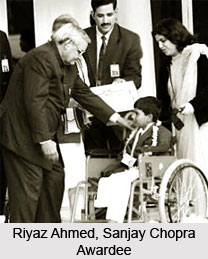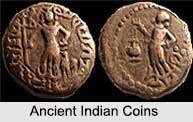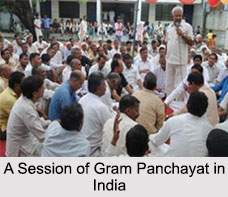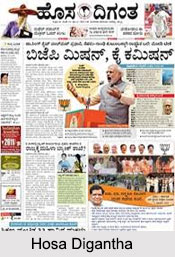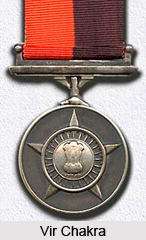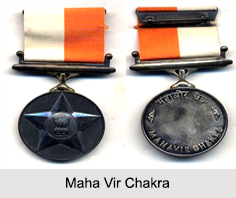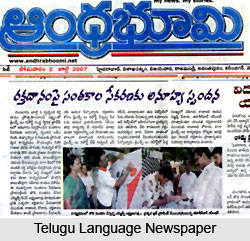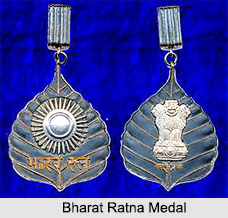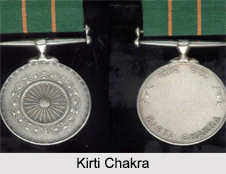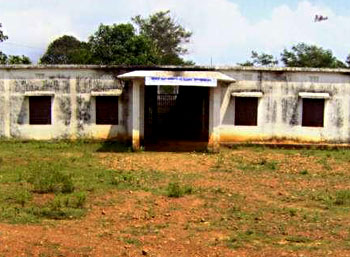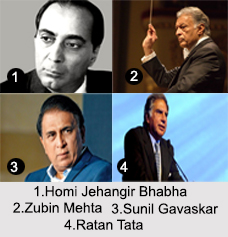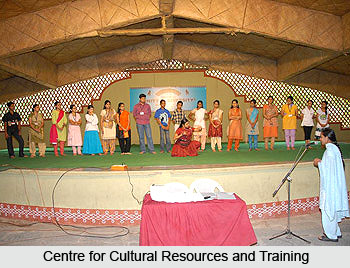 The Centre for Cultural Resources and Training (CCRT) was set up in May 1979. CCRT has taken over the Scheme-Propagation of Culture among College and School students, which was being implemented by Delhi University since 1970, where a Research and Production Cell was functioning for this purpose. In the year 1995, CCRT initiated 2 regional Centres at Udaipur and Hyderabad on the recommendations of the parliamentary standing committee on Human Resources and Development. CCRT functions as an autonomous organization under the aegis of Ministry of Culture, Government of India. CCRT`s main thrust is to make students aware of the importance of culture in all development programmes by conducting a variety of training programmes for in-services teachers, teacher educators, educational administrators and students throughout the country.
The Centre for Cultural Resources and Training (CCRT) was set up in May 1979. CCRT has taken over the Scheme-Propagation of Culture among College and School students, which was being implemented by Delhi University since 1970, where a Research and Production Cell was functioning for this purpose. In the year 1995, CCRT initiated 2 regional Centres at Udaipur and Hyderabad on the recommendations of the parliamentary standing committee on Human Resources and Development. CCRT functions as an autonomous organization under the aegis of Ministry of Culture, Government of India. CCRT`s main thrust is to make students aware of the importance of culture in all development programmes by conducting a variety of training programmes for in-services teachers, teacher educators, educational administrators and students throughout the country.
Organisation of Centre for Cultural Resources and Training
The supreme authority of the Centre rests with the Society of CCRT which functions as its Governing Body. The affairs of the Society are managed, administered, directed and controlled, subject to the rules, bye laws and orders of the Society by an Executive Committee which is also assisted by a Finance Committee.
Functions of Centre for Cultural Resources and Training
The Centre for Cultural Resources and Training conducts a variety of training programmes for in-service teachers drawn from all parts of the country. The training provides an understanding and appreciation of the philosophy, aesthetics and beauty inherent in Indian art and culture and focuses on formulating methodologies for incorporating a culture component in curriculum teaching. The National Policy of Education (1986) recognised the need of education to be culture-based. The role of education in developing democratic citizenship was recognised. The importance of in-service teachers training was also stressed. Thus this training stresses the role of culture in science and technology, housing, agriculture, sports, etc. An important component of training is to create awareness amongst students and teachers of their role in solving environmental pollution problems and conservation and preservation of the natural and cultural heritage.
The Centre for Cultural Resources and Training also organizes various educational activities for school students, teachers and children belonging to governmental and non-governmental organisations under its Community and Extension Feedback Programmes which includes, educational tours to monuments, museums, art galleries, craft centres, zoological parks and gardens, camps on conservation of natural and cultural heritage, camps on learning crafts. These educational activities emphasize the need for the intellectual and aesthetic development of the students.
The Centre for Cultural Resources and Training organizes academic programmes on Indian art and culture for foreign teachers and students. Workshops are conducted in various art activities like drama, music, narrative art forms, etc., to provide practical training and knowledge in the arts and crafts. In these workshops, teachers are encouraged to develop programmes in which the art form can be profitably utilized to teach educational curriculum. Over the years, The Centre for Cultural Resources and Training (CCRT) has been collecting resources in the form of scripts, colour slides, photographs, audio and video recordings and films. Each year the CCRT`s documentation team conducts programmes in different parts of the country with the objective of reviving and encouraging the art and craft forms of rural India which can be used for the preparation of educational programmes for disseminating information about India`s culture to the student-teacher community. Some of the resource materials are used during teacher training programmes of the CCRT. These are distributed as part of the Cultural kit and other productions free of cost to schools from where teachers have received training from CCRT. The Centre also prepares publications which attempt at providing an understanding and appreciation of different aspects of Indian art and culture.
One of the most important functions of The Centre for Cultural Resources and Training is to implement the Cultural Talent Search Scholarship Scheme. The Scheme provides scholarships to outstanding children in the age group of 10 to 14 years, studying either in recognized schools or belonging to families practicing traditional performing or other arts to develop their talent in various cultural fields particularly in rare art forms. The Centre for Cultural Resources and Training (CCRT) has also instituted CCRT Teachers` Award which is given every year to selected teachers in recognition of the outstanding work done by them in the field of education and culture.





